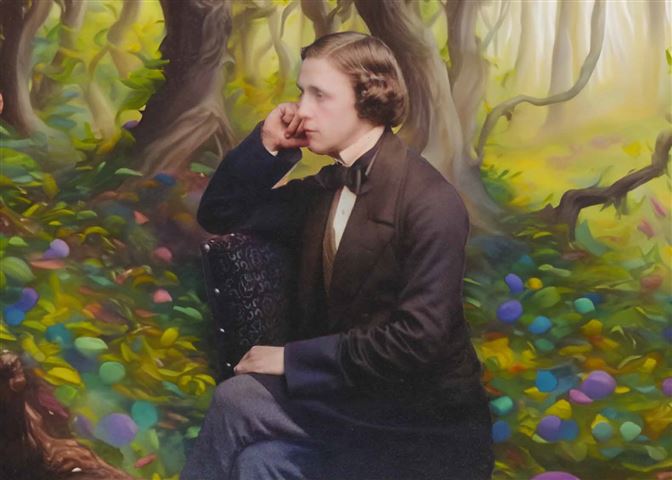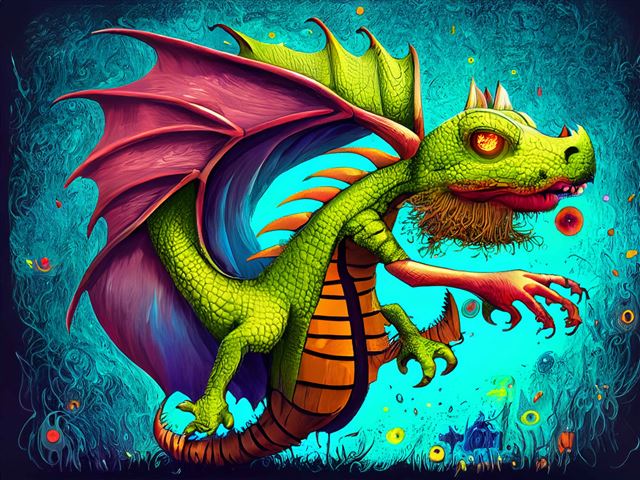Lewis Carroll's "Jabberwocky" is a beloved poem that has captured the hearts and imaginations of readers for generations. With its nonsensical words and whimsical tone, it may seem like a simple children's poem at first glance. However, upon closer examination, one can uncover a deeper meaning behind the seemingly nonsensical words. In this article, we will explore the hidden truths and symbolism within "Jabberwocky."

The Origin of Jabberwocky
"Jabberwocky" was first published in Lewis Carroll's novel "Through the Looking-Glass, and What Alice Found There" in 1871. The poem is recited by the character Alice, who discovers it in a book she finds in the story. Carroll himself described the poem as "a nonsense ballad," but many literary scholars believe that there is more to it than just nonsense.
The Nonsensical Words
The most striking aspect of "Jabberwocky" is its use of nonsensical words such as "slithy," "gyre," and "borogoves." However, these words may not be as nonsensical as they seem. Carroll was known for his love of wordplay and often created new words by combining existing ones. For example, "slithy" is a combination of "slimy" and "lithe," while "borogoves" is a combination of "boron" and "grove." These words may seem nonsensical, but they actually have a logical origin.
The Symbolism
Beyond the wordplay, "Jabberwocky" is also filled with symbolism. The titular creature, the Jabberwock, is often interpreted as a representation of fear or the unknown. The poem's hero, the "beamish boy," represents courage and bravery in the face of this fear. The vorpal sword, which is used to slay the Jabberwock, can be seen as a symbol of strength and determination. By defeating the Jabberwock, the beamish boy overcomes his fear and emerges victorious.
The Jabberwocky Art

"Jabberwocky" has inspired countless artists to create their own interpretations of the poem. From illustrations to sculptures, the whimsical and imaginative nature of the poem lends itself well to various forms of art. Some artists choose to focus on the nonsensical words, creating visual representations of them, while others choose to depict the characters and scenes from the poem. Regardless of the approach, "Jabberwocky" continues to inspire artists to this day.
The Legacy of Jabberwocky
"Jabberwocky" has become a staple in popular culture, with references to the poem appearing in movies, TV shows, and even video games. The poem's enduring popularity can be attributed to its ability to capture the imagination and its underlying message of courage and overcoming fear. It has also been translated into numerous languages, further solidifying its place in literary history.
Conclusion
In conclusion, "Jabberwocky" may seem like a nonsensical poem on the surface, but upon closer examination, one can uncover a deeper meaning and symbolism within its quirky words. From its origin to its legacy, "Jabberwocky" continues to captivate readers and inspire artists, making it a timeless piece of literature. So the next time you read or hear "Jabberwocky," remember that there is more to it than just nonsense.